


 تاريخ الرياضيات
تاريخ الرياضيات
 الرياضيات في الحضارات المختلفة
الرياضيات في الحضارات المختلفة 
 الرياضيات المتقطعة
الرياضيات المتقطعة
 الجبر
الجبر
 الهندسة
الهندسة 
 المعادلات التفاضلية و التكاملية
المعادلات التفاضلية و التكاملية 
 التحليل
التحليل
 علماء الرياضيات
علماء الرياضيات |
Read More
Date: 30-11-2019
Date: 18-5-2020
Date: 23-8-2020
|
The continued fraction for  is [0; 1, 2, 3, 1, 6, 3, 1, 1, 2, 1, 1, 1, 1, 3, 10, ...] (OEIS A016730). It has been computed to
is [0; 1, 2, 3, 1, 6, 3, 1, 1, 2, 1, 1, 1, 1, 3, 10, ...] (OEIS A016730). It has been computed to  terms by E. Weisstein (Aug. 21, 2013).
terms by E. Weisstein (Aug. 21, 2013).
The Engel expansion is 2, 3, 7, 9, 104, 510, 1413, ... (OEIS A059180).
The incrementally largest terms in the continued fraction are 0, 1, 2, 3, 6, 10, 13, 14, ... (OEIS A120754), which occur at positions 0, 1, 2, 3, 5, 15, 28, ... (OEIS A120755).
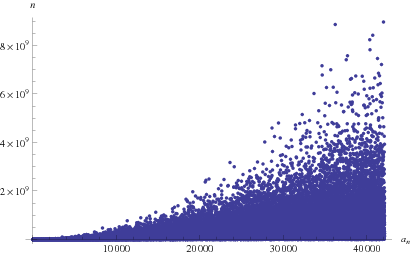
The plot above shows the positions of the first occurrences of 1, 2, 3, ... in the continued fraction, the first few of which are 1, 2, 3, 30, 40, 5, 29, 89, 88, 15, ... (OEIS A228269). The smallest number not occurring in the first  terms of the continued fraction are 42112, 42387, 43072, 45089, ... (E. Weisstein, Aug. 21, 2013).
terms of the continued fraction are 42112, 42387, 43072, 45089, ... (E. Weisstein, Aug. 21, 2013).
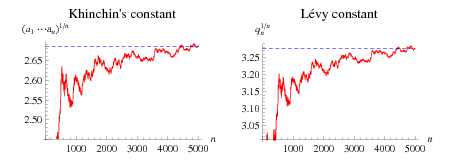
Let the continued fraction of  be denoted
be denoted ![[a_0;a_1,a_2,...]](https://mathworld.wolfram.com/images/equations/NaturalLogarithmof2ContinuedFraction/Inline5.gif) and let the denominators of the convergents be denoted
and let the denominators of the convergents be denoted  ,
,  , ...,
, ...,  . Then plots above show successive values of
. Then plots above show successive values of  ,
,  ,
,  , which appear to converge to Khinchin's constant (left figure) and
, which appear to converge to Khinchin's constant (left figure) and  , which appear to converge to the Lévy constant (right figure), although neither of these limits has been rigorously established.
, which appear to converge to the Lévy constant (right figure), although neither of these limits has been rigorously established.
REFERENCES:
Sloane, N. J. A. Sequences A016730, A059180, A120754, A120755, A228269in "The On-Line Encyclopedia of Integer Sequences."
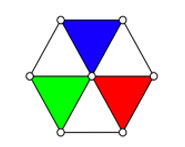
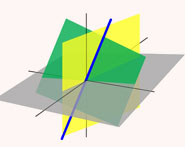
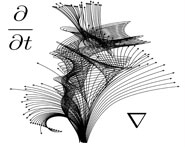
|
|
|
|
منها نحت القوام.. ازدياد إقبال الرجال على عمليات التجميل
|
|
|
|
|
|
|
دراسة: الذكاء الاصطناعي يتفوق على البشر في مراقبة القلب
|
|
|
|
|
|
|
هيئة الصحة والتعليم الطبي في العتبة الحسينية تحقق تقدما بارزا في تدريب الكوادر الطبية في العراق
|
|
|